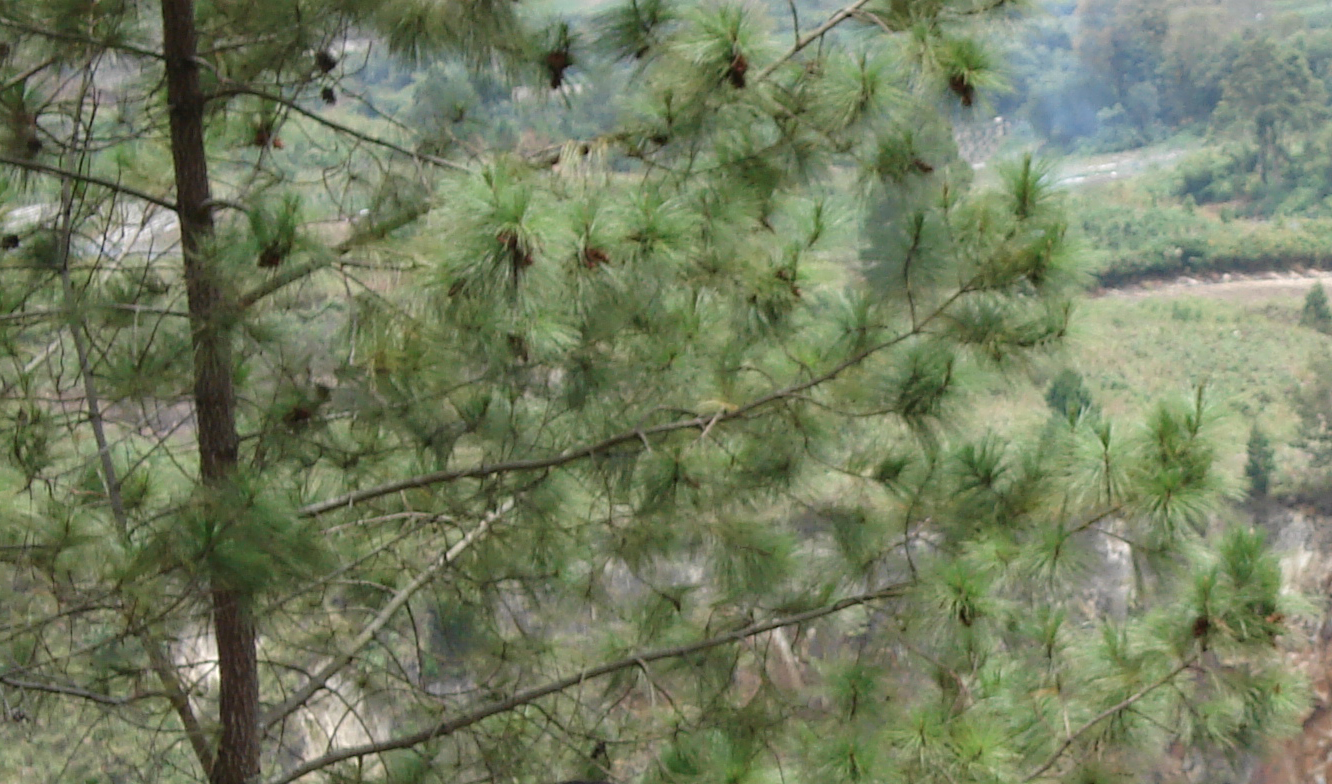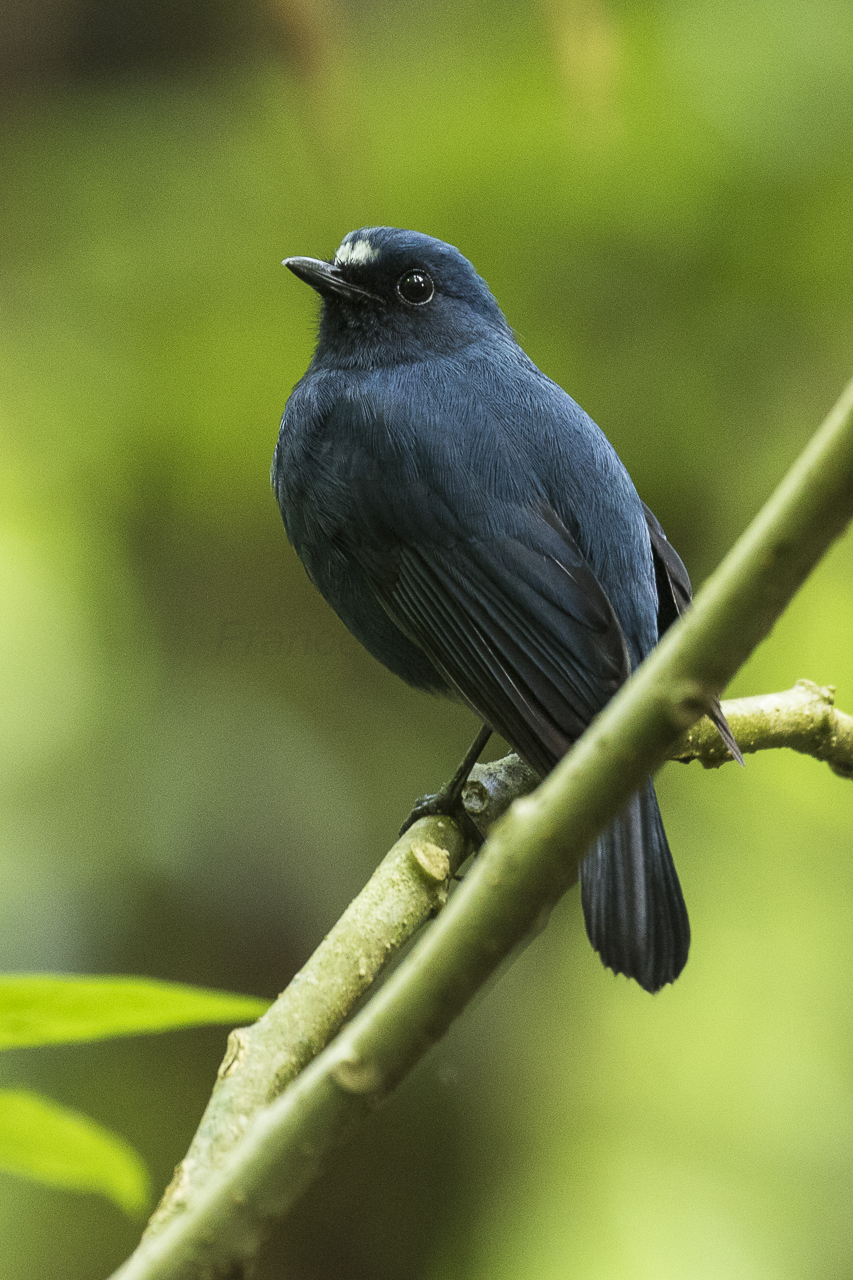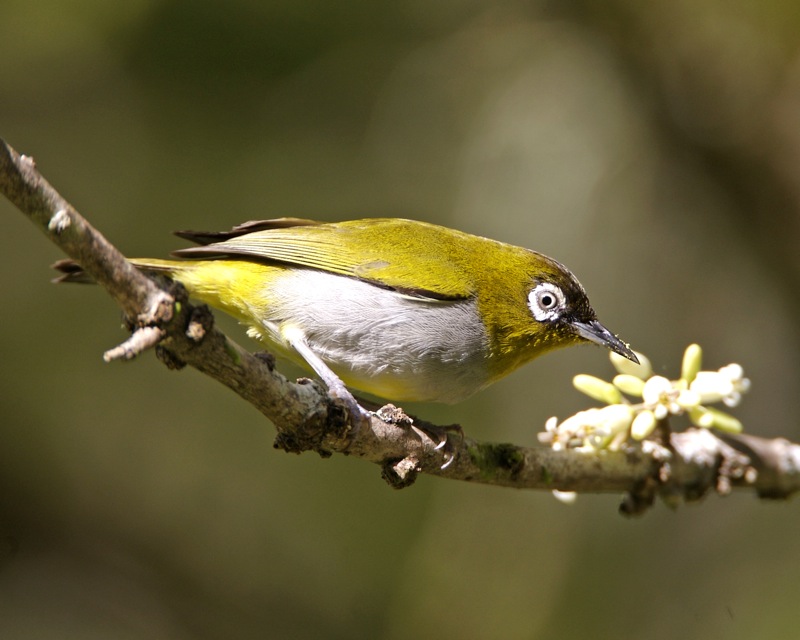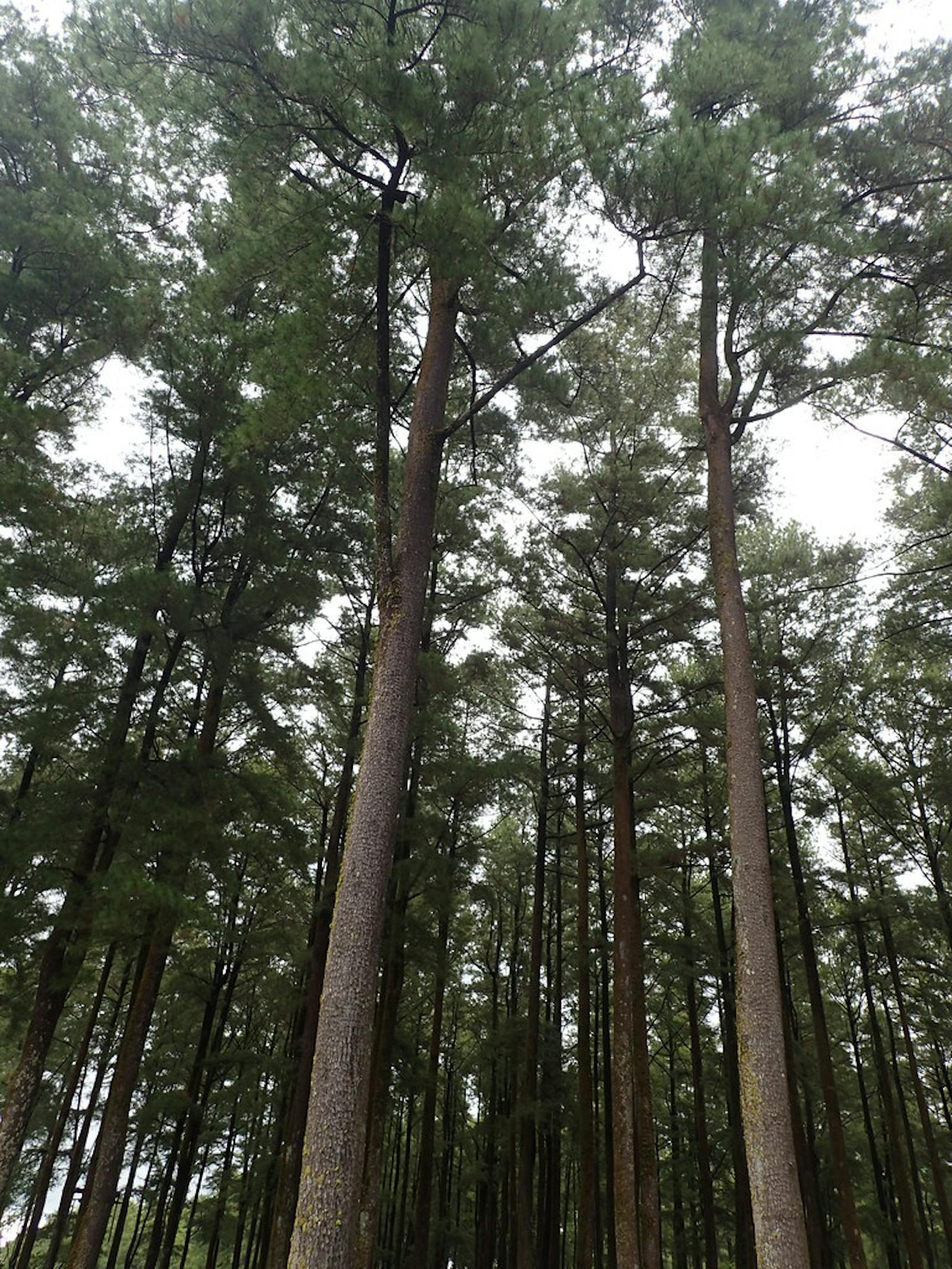Sumatran Tropical Pine Forests
The ecoregion’s land area is provided in units of 1,000 hectares. The conservation target is the Global Safety Net (GSN1) area for the given ecoregion. The protection level indicates the percentage of the GSN goal that is currently protected on a scale of 0-10. N/A means data is not available at this time.
Bioregion: Peninsular Malaysian & Sumatran Tropical Rainforests (IM18)
Realm: Indomalaya
Ecoregion Size (1000 ha):
277
Ecoregion ID:
305
Conservation Target:
89%
Protection Level:
4
States: Indonesia
Lake Toba is about 100 km long, 30 km wide, and over 500 m deep; its water surface is at 900 m above sea level. The lake lies within the caldera of a super volcano, the largest volcano along the Bukit Barisan or the Barisan Mountain range that runs for almost 1,700 km along the island of Sumatra. The higher slopes around Lake Toba are clothed with tropical pine forests of Pinus merkusii.

The flagship species of the Sumatran Tropical Pine Forests ecoregion is the Pinus merkusii. Image credit: Creative Commons
The Sumatran Tropical Pine Forests ecoregion represents these Pinus merkusii dominated forests along the Bukit Barisan Mountains. The pine forests occur in high elevations, especially where frequent forest fires, landslides, and the climate combines to prevent broadleaf forests from taking hold.
The ecoregion itself consists of five discrete patches of tropical pine forests scattered across the mountain range and embedded within the montane broadleaf forests of Sumatra. The Bukit Barisan Mountains receive about 2,500 mm of annual rainfall, but the western slopes receive more rainfall than the eastern slopes where the pine forests grow. This is also the southernmost extent of Pinus merkusii.
The flora and fauna of these pine forests are not as diverse as those of the surrounding montane broadleaf rainforests. The thick layer of pine needles that accumulates on the forest floor retards the development of a luxurious undergrowth, which is represented by a few species of shrub, such as Lonicera and Berberis. The sparse undergrowth also deprives many small mammals and browsing herbivores of their habitats, with the exception of small montane generalist mammals such as the yellow-throated marten and shrews such as the Sumatran long-tailed shrew.

Sunda robin. Image credit: Francesco Veronesi, Creative Commons
A few bird species from the adjacent broadleaf forests can be found in the pine forests, but these are generally habitat generalist species that are also found in disturbed or secondary forests. These species include the bronze-tailed peacock-pheasant, Sunda minivet, blue-masked leafbird, shiny whistling-thrush, rufous-vented niltava, Sunda robin, cream-striped bulbul, spot-necked bulbul, Sunda bulbul, black-capped white-eye, Sunda laughingthrush, and rusty-breasted wren-babbler.
Despite the low biodiversity relative to the adjacent broadleaf rainforests, these tropical pine forests represent a rare forest type in the tropics, and requires conservation. Pinus merkusii itself is now threatened by logging throughout its range, including in Indonesia. Fires are also more frequent in these forests, which can push the forests past a tipping point where regeneration is retarded. About 40% of the ecoregion is already within two protected areas, Kerinci Seblat and Lingga Isaq.

Black-capped white-eye. Image credit: Creative Commons
Thus, the recommended priority conservation actions are to: 1) monitor the status of the existing Pinus merkusii forests for impacts of fire and for regeneration; 2) monitor the impacts of climate change that could make the pine trees vulnerable to insect attacks, etc.; and 3) regulate logging and forest clearing.
Citations
1. Darajati, W., Pratiwi, S., Herwinda, E., Radiansyah, A.D., Nalang, V.S., Nooryanto, B., Rahajoe, J.S., Ubaidillah, R., Maryanto, I., Kurniawan, R. and Prasetyo, T.A., 2016. Indonesian Biodiversity Strategy and Action Plan (IBSAP) 2015-2020. Kementerian Perencanaan Pembangunan Nasional (BAPPENAS).
2. Whitten, A.J., Damanik, S.J., Anwar, J., Hisyam, N., 1987. The Ecology of Sumatra. Gadjah Mada University Press, Indonesia.
3. Wikramanayake, E, E. Dinerstein, et al. 2002. Terrestrial Ecoregions of the Indo-Pacific: A Conservation Assessment. Island Press.




